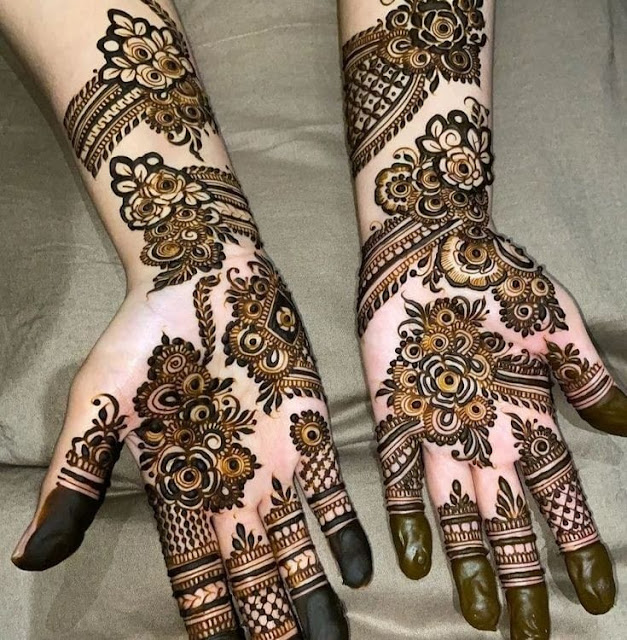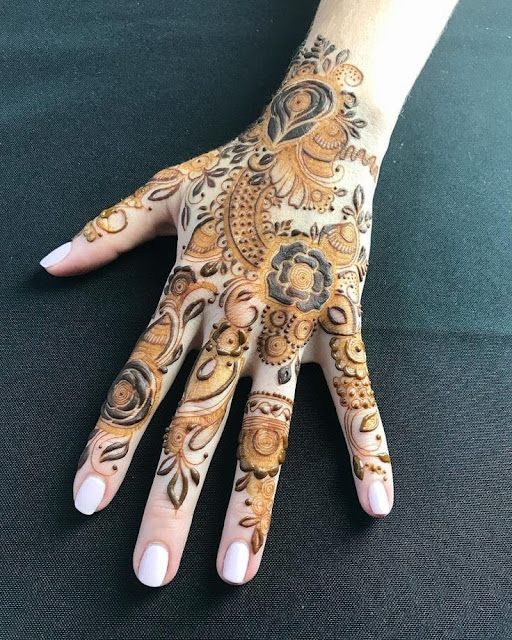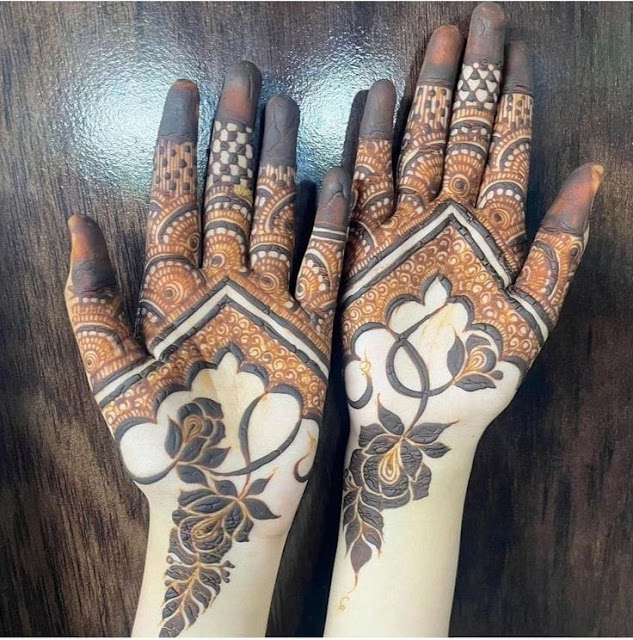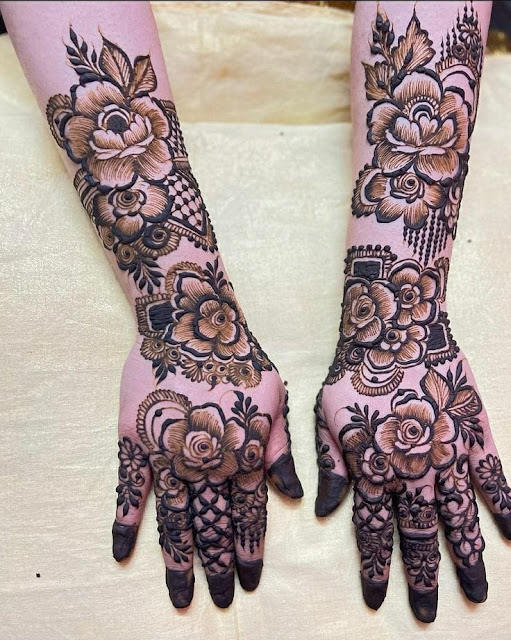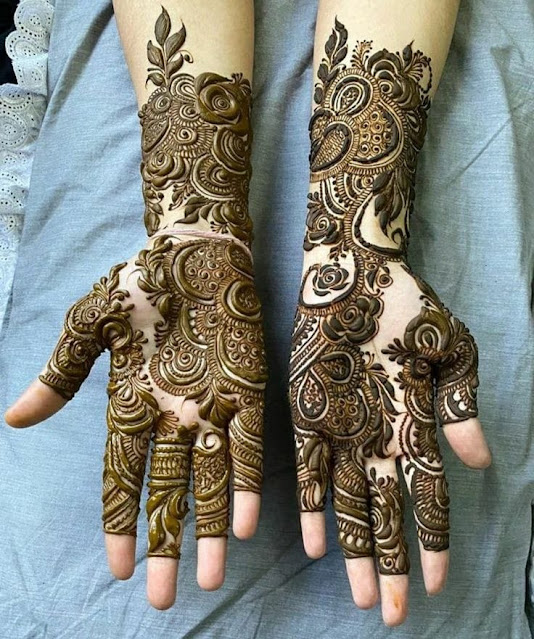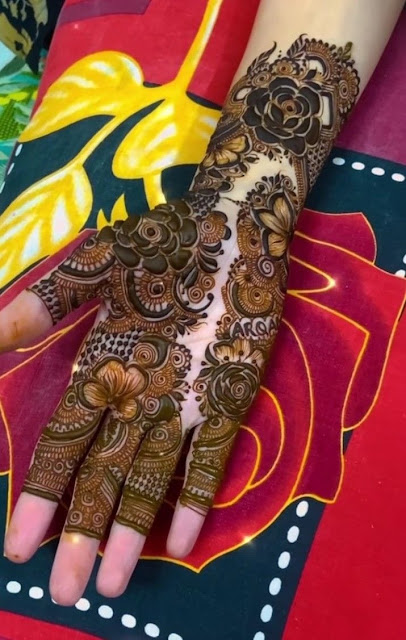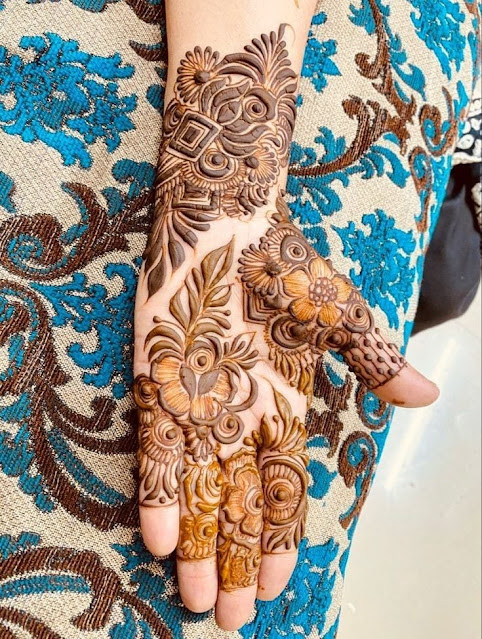Henna, a natural dye derived from the henna plant, has been used for centuries to create intricate and mesmerizing designs on the skin. Renowned for its temporary beauty and cultural significance, henna art has transcended borders and time, captivating individuals worldwide.
Don't Miss: Best Bridal Mehndi Designs 2024 || Unique ideas
A Journey Through Time: The History of Henna
The origins of henna can be traced back to ancient Egypt, where it was used for both cosmetic and medicinal purposes. Over time, henna's popularity spread across the Middle East, North Africa, and South Asia, becoming an integral part of various cultural traditions and celebrations.
In India, henna, also known as mehndi, is deeply embedded in wedding festivities. Brides and female guests adorn their hands and feet with elaborate henna designs, symbolizing blessings, prosperity, and happiness. Henna is also considered auspicious during other celebrations like Eid and Diwali.
A Symphony of Designs: Exploring Henna Motifs
Henna designs are as diverse as the cultures that embrace them. From delicate floral patterns to intricate geometric shapes, henna artists showcase their creativity and skill through a myriad of motifs.
Floral designs, inspired by nature's beauty, are a popular choice, often featuring intricate paisley shapes and blooming flowers. Paisleys, with their swirling, teardrop-like forms, represent fertility, abundance, and life. Geometric designs, with their precise lines and intricate patterns, symbolize balance, harmony, and order.
Don't Miss: Easy and Simple Mehndi Designs for Timeless Beauty 2024
Henna Beyond Borders: Global Inspirations
While henna is deeply rooted in Eastern traditions, its allure has extended far beyond its origins. Henna artists worldwide have embraced the art form, incorporating diverse cultural elements and personal touches into their designs.
Moroccan henna, characterized by bold lines and intricate geometric patterns, reflects the country's rich heritage. African henna, often featuring bold, tribal motifs, showcases the continent's diverse cultural tapestry. Western henna, influenced by various artistic styles, offers a fresh and contemporary take on the traditional art form.
The Art of Henna Application: A Delicate Process
Creating beautiful henna designs requires patience, skill, and a steady hand. Henna paste, prepared from the powdered leaves of the henna plant, is applied to the skin using a cone-shaped applicator. Intricate patterns are meticulously drawn, layer by layer, creating a mesmerizing work of art.
Once the henna design is complete, it is allowed to dry completely. After several hours, the henna paste flakes off, revealing a temporary tattoo-like design that typically lasts for about a week. To enhance the color and longevity of the henna design, essential oils or lemon juice may be applied.
Henna Beyond Aesthetics: A Cultural Tapestry
Henna is not merely a form of art; it is a cultural expression, a symbol of tradition, and a source of connection. Henna artists, often women, pass down their skills and knowledge through generations, preserving this cherished art form.
Henna ceremonies, often held in women's gatherings, foster social bonds and strengthen community ties. The shared experience of henna application, accompanied by music, storytelling, and laughter, creates a sense of belonging and cultural identity.
Henna's appeal lies in its delicate beauty, its cultural significance, and its temporary nature. It allows individuals to express their creativity, connect with their heritage, and adorn themselves with a touch of artistry.
As the world continues to evolve, henna remains a timeless tradition, adapting and evolving while retaining its essence. Henna artists continue to push the boundaries of creativity, incorporating new techniques, designs, and cultural influences, ensuring that henna's beauty will continue to captivate generations to come.





